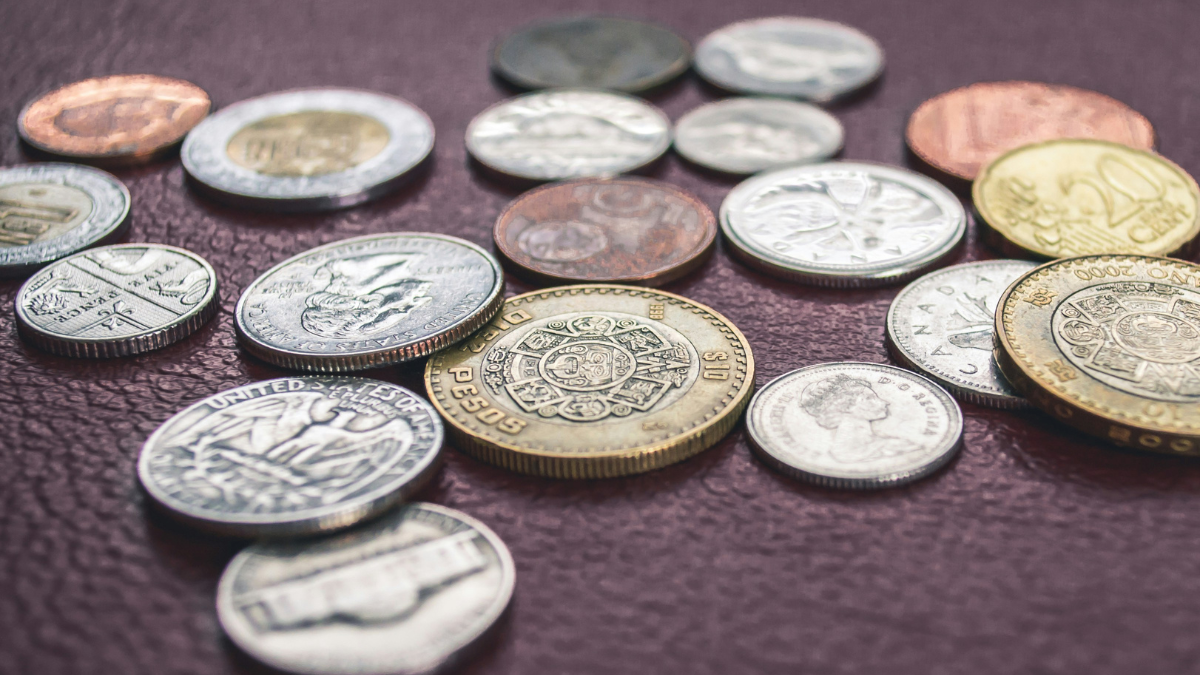There are coins within the realm of numismatics that command extraordinary prices due to their rarity, historical significance, and unique characteristics. One such coin recently sold for the impressive price of $152,750 at auction, and its exact date on the reverse played a crucial role in its valuation. But what makes this coin possibly more valuable than that for which it is currently selling at market is an unusual detail.
The importance of the exact date
What’s important for the value of this coin is the date on the reverse of the coin. Normally, coins with the date stamped correctly are sought after by collectors who want to represent a specific year in history. In this case, the date of the coin, which is 1916, corresponds with major events or milestones, thus making it very desirable among collectors.
For example, graded by PCGS at PR67+, this is the highest grade status and nearly a perfect score. Its exact date coupled with its high grade makes it that much more sought after by serious collectors. Coins with such high grades tend to carry the investment label rather than being simply termed as collectibles, a fact that could also drive its market value even further.
In addition, the coin derives its value from its provenance, its ownership history. It has been sold at auctions several times, each time at a higher and higher price as it began to gain recognition within the collecting community. Its value trajectory really shows how demand can rise for coins that are rare and whose history is also well-documented.
An unusual detail enhancing its value
Aside from its exact date, this coin has also got another weird feature that can propel its value to the stratosphere. It kind of borders with the coin’s features or its error. Pieces with mint errors, say double strikes or misprints, are much coveted due to their rarity since typically there are no redos.
One of the obvious differences with the dime will be visible right off the bat, as rather than feature 32nd President Franklin D. Roosevelt on the obverse (heads) side of the coin, it will, instead, include “Lady Liberty.” The latter is recognizable in part for wearing a “cap with wings to symbolize freedom of thought,” the US Mint says.
This particular variant of the dime was designed by Adolph A. Weinman, a German-born American sculptor, and was popularly known as the “Mercury” dime, because some said it looked like the Roman god by that name. The US Mint first issued the dime in 1916 and continued to do so until 1945, when the Roosevelt variant went into production.
This coin is believed by experts to possibly bear an error that has gone unnoticed by many collectors and auction houses. Confirmation of such could potentially make this valuable collectible the most sought-after item in the annals of numismatics. Verified error coins achieve, in many cases, multiples of their anticipated value, not only for their rarity but also for the excitement they create within the collecting community.
Moreover, the market for such unique coins is volatile; once more collectors become aware of this particular coin’s potential mistake, demand could increase, therefore, driving its value even higher than estimated here.
Market trends and future valuation
A confluence of factors has driven the current rare coin market, including economic conditions, collector interest, and trends within the numismatic community. With each volatile stock market, more people seek investment in alternative assets like rare coins, and the finest pieces have seen quite a considerable appreciation in their prices.
The auction in which this coin has sold is part of a larger trend where high-end coins are fetching record prices. More and more collectors are willing to invest large amounts into pieces that they believe will appreciate over time. That would suggest that if the strange detail about this coin is proved to be a mint error or some other unique feature, it will further increase its value quite substantially.
Moreover, as more people become aware of the certain characteristics that render specific coins valuable, historical significance, for example, or particular features, collectors begin to see this particular coin not merely as an investment but as a piece of history worthy of preservation.
Read more: More than 9 million U.S. workers will receive a pay raise on January 1 – These are the states and cities that will get…
Read more: These are the most valuable Mexican coins in the United States – If you have one of these, it could be worth thousands of…
